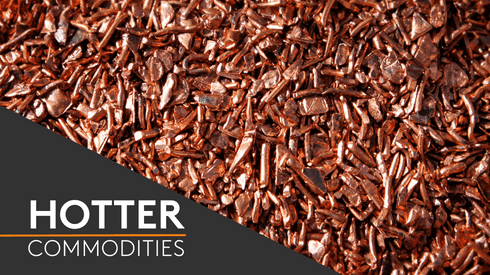Tin – an essential industrial metal in the energy transition – has experienced tremendous volatility since the start of the year. This follows a stellar performance in 2021 with a gain of 91%.
Like all the base metals, tin has been affected by the negative adjustment in demand expectations in China as the country decided to implement a strict zero-Covid policy in the first half of 2022 to fight its biggest outbreak since 2020.
May was particularly bad for tin. The LME 3-month tin price tumbled by 14.4% during the month for its most significant decline since September 2011 (-16.6%). This compares with a softer median decline of 8% for the LME base metals complex. Looser refined market conditions – evidenced by the rise in visible inventories and the softer physical premiums across the globe – drove tin prices lower. The relatively poorer liquidity conditions in the LME tin market exacerbated the price selloff in May.
Although the long-term fundamental outlook remains bright in our view, we think that tin prices could experience more turbulence over at least the next 2 months (July-August) before the uptrend resumes later this year thanks to a solid rebound in China’s demand as the economy reopens and the domestic policy support kicks in.
This would fit with historical price patterns. Historically, we find that tin prices behave badly over the 3-month period following a monthly decline of or greater than 14% (as was the case in May) but this often results in a buying opportunity for the long-term strategic buyers on the dip. Against this, we approach the market from the long side. We would take advantage of potential selloffs to add to our long-term core position in tin. Given tin’s importance in the energy transition, we expect a structural deficit in the years to come. Therefore, taking advantage of the macro volatility to buy tin at attractive price levels makes sense to us.
Against this, we approach the market from the long side. We would take advantage of potential selloffs to add to our long-term core position in tin. Given tin’s importance in the energy transition, we expect a structural deficit in the years to come. Therefore, taking advantage of the macro volatility to buy tin at attractive price levels makes sense to us.






